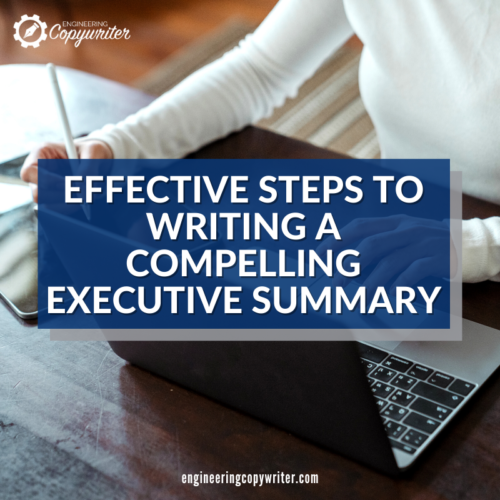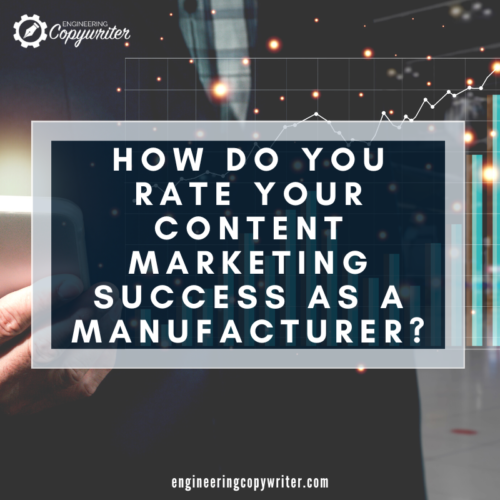An executive summary is an overview of written content such as a white paper. It serves as the introductory section of the report itself and generally includes findings, key takeaways, and recommendations. The average one will merely outline key details in a formulaic manner, but top-rate executive summaries can do more. An effective executive summary can easily captivate the reader and encourage them to read the full report. In short, it strives to close the deal.
Follow the steps below to write an executive summary that compels readers.





 Every quality executive summary must have an excellent introduction paragraph. When top executives and decision-makers are skimming reports, you want yours to stand out from the very start. Put the most important aspects upfront.
Every quality executive summary must have an excellent introduction paragraph. When top executives and decision-makers are skimming reports, you want yours to stand out from the very start. Put the most important aspects upfront. The executive summary should showcase specific solutions and outcomes to problems that you’ve previously addressed. Describe your engineering solution in such a way that it efficiently and successfully addresses the problem and makes for a compelling declaration of intent. However, take note of the way you address the problems in your executive summary. Your engineering solution won’t make sense if the problem isn’t properly explained.
The executive summary should showcase specific solutions and outcomes to problems that you’ve previously addressed. Describe your engineering solution in such a way that it efficiently and successfully addresses the problem and makes for a compelling declaration of intent. However, take note of the way you address the problems in your executive summary. Your engineering solution won’t make sense if the problem isn’t properly explained.

